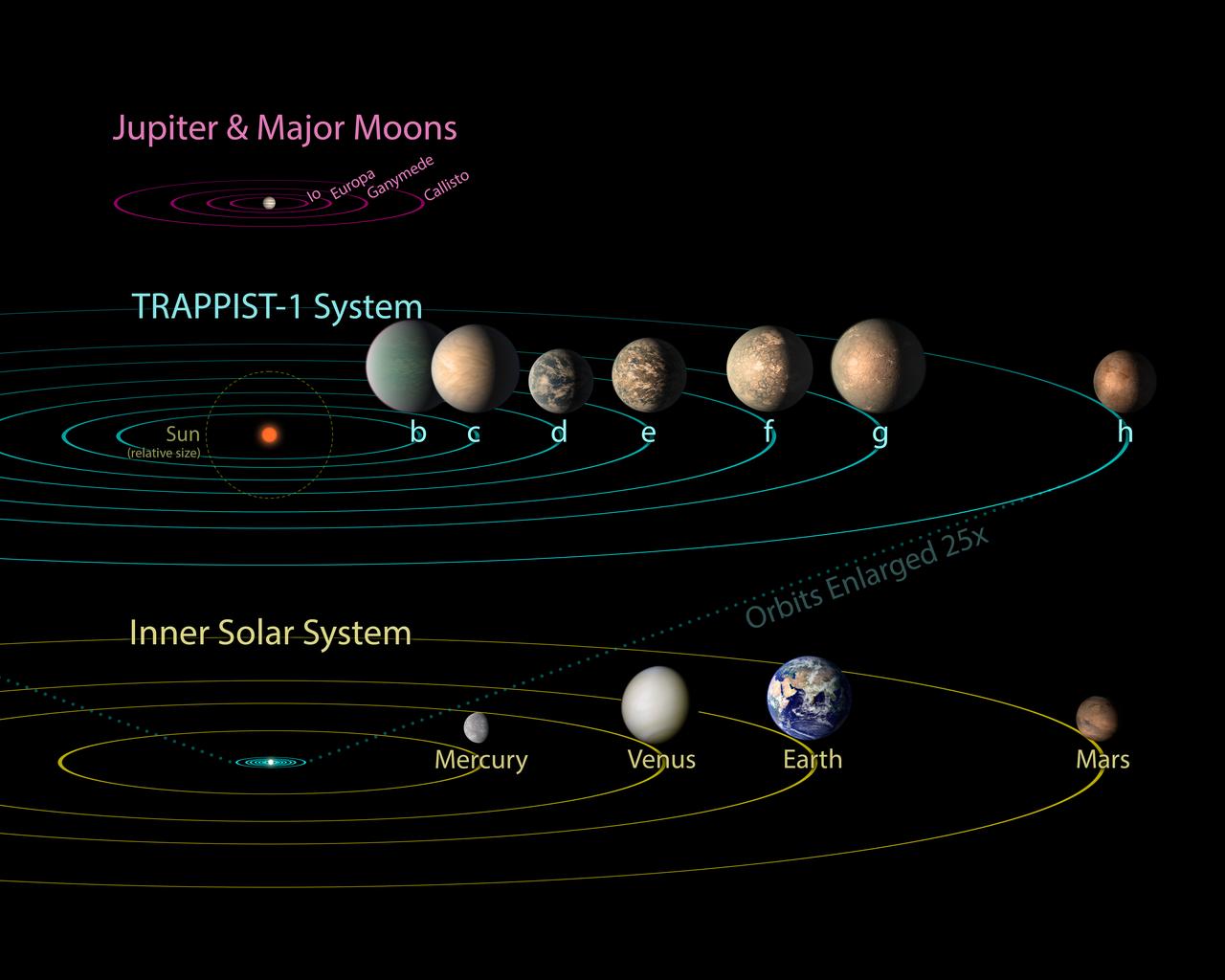
Dwarf Planets in Our Solar System
Dwarf planets are celestial bodies that orbit the Sun and share characteristics with regular planets but do not dominate their orbits. The International Astronomical Union (IAU) defines a dwarf planet as an object that:
Orbits the Sun.
Has enough mass to assume a nearly round shape.
Has not cleared its orbital path of other debris.
Is not a moon.
There are currently five officially recognized dwarf planets in our solar system:
1. Pluto
Discovered in 1930, Pluto was classified as the ninth planet until 2006 when it was reclassified as a dwarf planet. It has a thin atmosphere and five known moons, with Charon being the largest. Its surface is composed of ice and rock, and it has a heart-shaped glacier called Tombaugh Regio.
2. Eris
Discovered in 2005, Eris is slightly smaller than Pluto but more massive. It has one known moon, Dysnomia. Its discovery played a key role in Pluto’s reclassification.3. Haumea
Haumea is known for its elongated shape due to its rapid rotation. It has two moons, Hiʻiaka and Namaka. Its surface is covered in crystalline water ice.
4. Makemake
Found in 2005, Makemake is one of the brightest objects in the Kuiper Belt. It has a thin atmosphere and at least one known moon. It is slightly smaller than Pluto.
5. Ceres
Unlike the others, Ceres is located in the asteroid belt between Mars and Jupiter. It is the only dwarf planet in the inner solar system. Scientists believe it may have underground water, making it an intriguing target for future exploration. Possible Future Dwarf Planets Several other celestial objects, such as Sedna and Quaoar, may be classified as dwarf planets in the future as astronomers continue to study them.
Importance of Dwarf Planets
Dwarf planets help us understand the history of our solar system and the formation of planetary bodies. Many reside in the Kuiper Belt, a region beyond Neptune filled with icy objects that offer insights into the early solar system.
🏠 Home